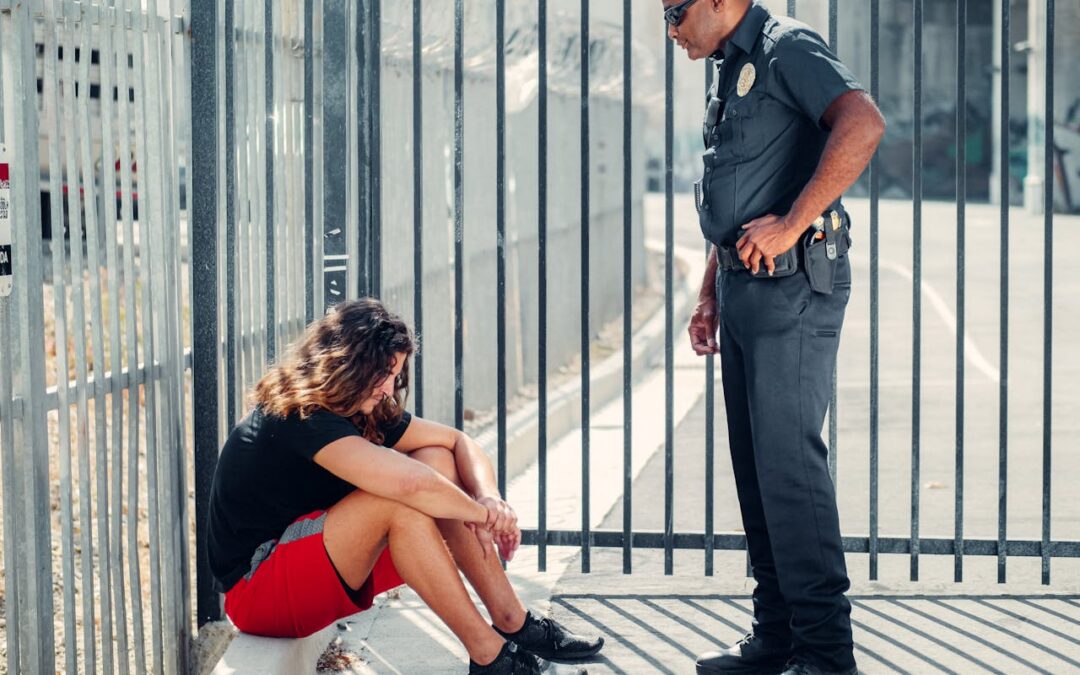As a parent or guardian, it can be stressful to find out that your child is facing legal trouble.
Navigating the juvenile court process can be complex and overwhelming, especially if you’re unfamiliar with its intricacies.
In the ever-evolving landscape of juvenile justice, understanding your rights and the legal framework is empowering for both young individuals and their guardians.
Having a solid understanding of how the system works is crucial.
What Is The Juvenile Court Process?
The juvenile court process in California can be broken down into several parts.
1) Juvenile Petition. The first step in the juvenile court process begins with the filing of a petition, typically initiated by either the District Attorney’s Office or the Juvenile Probation Department.
These petitions come in two primary forms:
a) 601 petition, which is filed by Probation, addresses behaviors that are considered illegal solely because the individual is a minor including actions like running away, truancy, or violating curfew.
b) 602 petition, filed by the District Attorney’s office, pertains to actions that would be deemed criminal regardless of the perpetrator’s age. These encompass both misdemeanor and felony level offenses.
2) Detention- If your child has been arrested, they will be held in a juvenile detention center until their initial hearing, which must be within 48 hours of their arrest.
During this, a judge will determine whether the child should remain in detention or be released to their parents while awaiting further proceedings.
The judge may also set conditions for release, such as attending school or staying away from certain individuals.
3) Arraignment-This is where they are formally charged with a crime and enter a plea (guilty, not guilty or no contest).
It’s very important that your child be represented by an attorney. If you cannot afford one, one will be appointed by the court.
4) Fitness Hearing-In cases where juveniles face allegations for grave offenses, the prosecuting authority might seek a fitness hearing to evaluate if they should be tried in the adult judicial system.
The decision to move a case to adult court hinges on various considerations, such as the age of the juvenile, prior history within the juvenile system, and the seriousness of the alleged felony.
5) Pretrial Hearings-This is where both sides exchange information and negotiate possible plea agreements. If no agreement is reached, then a trial date is set.
6) Adjudication-The adjudication step is similar to a trial in adult court. The prosecution presents evidence against your child, and their attorney will present evidence in their defense. The judge will then determine if your child is guilty or not guilty of the charges.
7) Disposition-This is where the judge decides on an appropriate sentence for your child if they’re found guilty. This can range from probation to placement in a juvenile detention center.
Navigating the juvenile court process can be a complex journey, it’s essential to be informed about the procedures and options available. If you’re facing a situation involving juvenile court, remember that you don’t have to go through it alone. Seeking guidance from legal professionals can make a significant difference.
Need assistance? Contact our office today!

